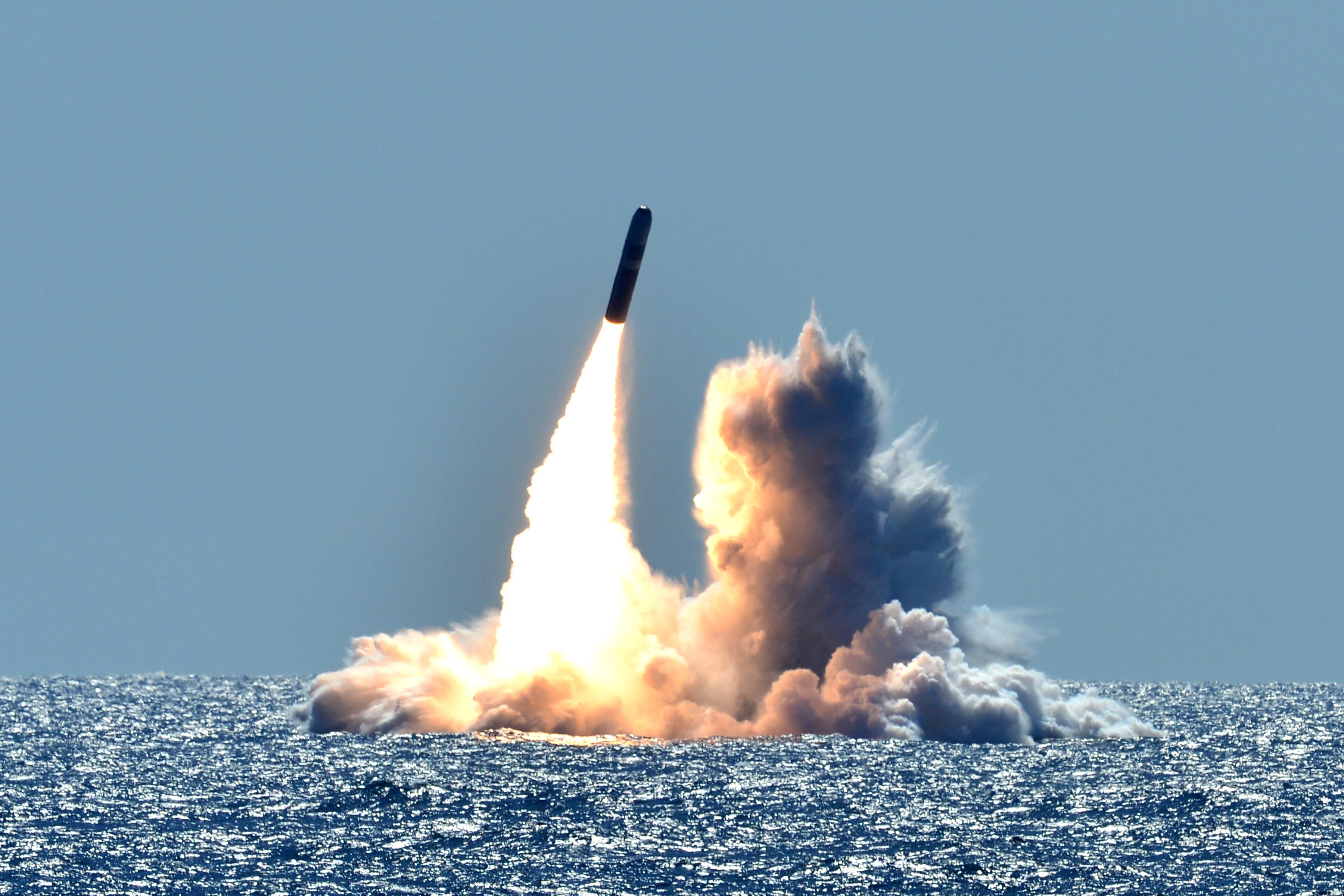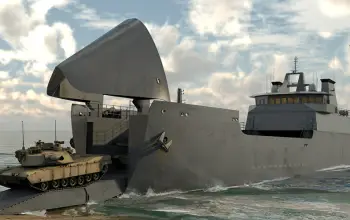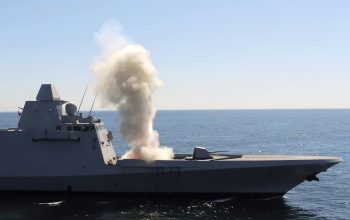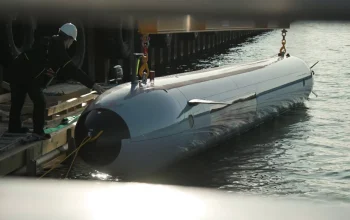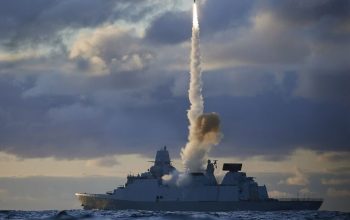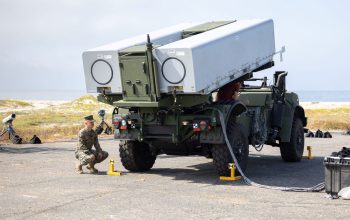Lockheed Martin Space, Titusville, Florida, is awarded a $1,200,310,015 fixed-price-incentive-fee, cost-plus-incentive-fee, cost-plus-fixed-fee modification to previously awarded and announced unpriced letter contract for Trident II (D5) missile production and deployed systems support. This contract award also benefits a foreign military sale to the United Kingdom. Work is expected to be completed Sept. 30, 2028. This action will be awarded subject to the availability of funds. No funds will be obligated under this action and no funds will expire at the end of the current fiscal year. The maximum dollar value of the contract action, including all options, if exercised, is $1,200,310,015. Strategic Systems Programs, Washington, D.C., is the contracting activity.
The UGM-133A Trident II, or Trident D5 is a submarine-launched ballistic missile (SLBM), built by Lockheed Martin Space in Sunnyvale, California, and deployed with the United States and Royal Navy. The Trident II Strategic Weapons System is an improved SLBM with greater accuracy, payload, and range than the earlier Trident C-4. The Trident II is considered to be a durable sea-based system capable of engaging many targets. It has payload flexibility that can accommodate various treaty requirements, such as New START. The Trident II’s increased payload allows nuclear deterrence to be accomplished with fewer submarines, and its high accuracy—approaching that of land-based missiles—enables it to be used as a first strike weapon.
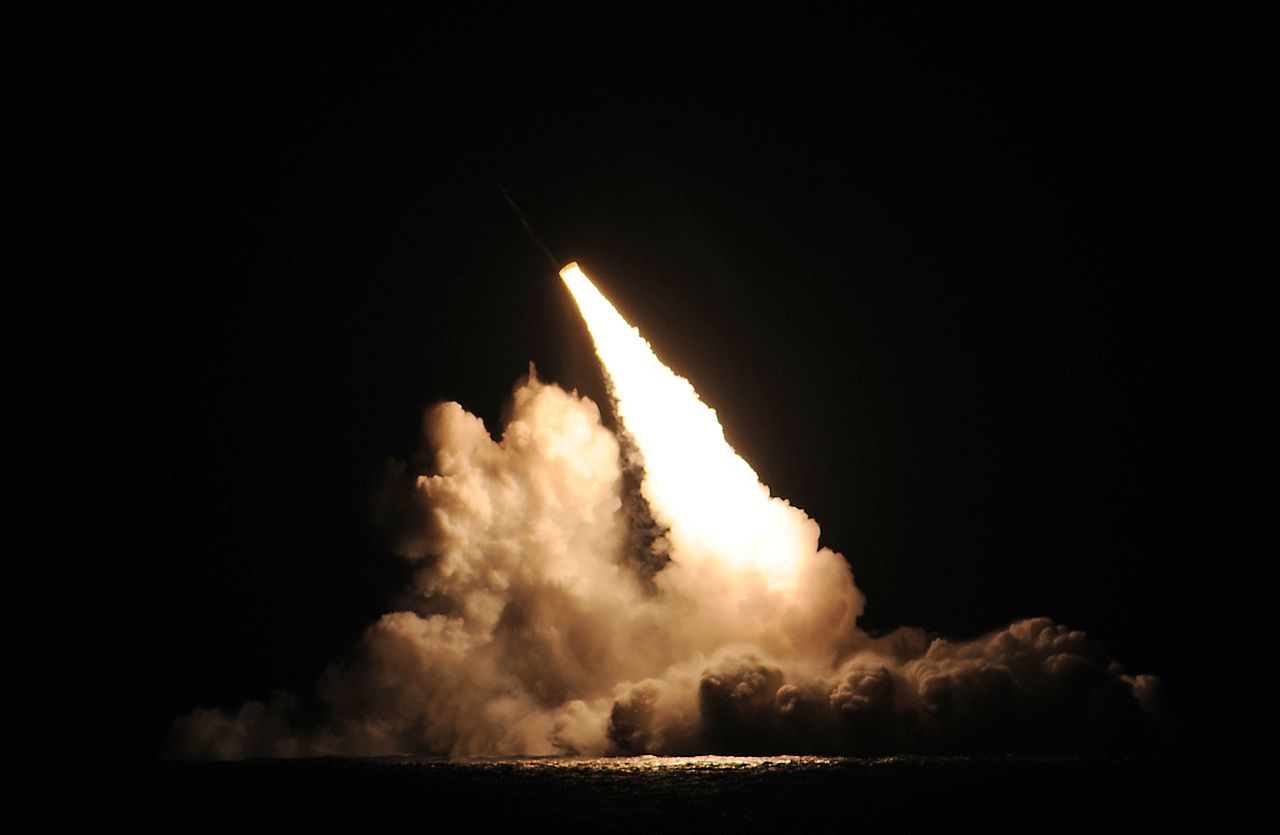
The Trident II is a three-stage rocket, each stage containing a solid-fuel rocket motor. The first motor is made by Northrop Grumman. This first stage incorporates a solid propellant motor, parts to ensure first-stage ignition, and a thrust vector control (TVC) system. The first-stage section, compared to the Trident C-4, is slightly larger, allowing increased range and a larger payload. In addition to a larger motor, the D-5 uses an advanced and lighter fuel binder (polyethylene glycol) than the C-4. This fuel is more commonly known as NEPE-75. (NEPE stands for nitrate ester plasticized polyether, the 75 represents that the fuel contains 75% solids.) The solid components bound by fuel binder are HMX, aluminum, and ammonium perchlorate.
Both the first- and second-stage motors are connected by an interstage casing, which contains electronic equipment and ordnance for separation during flight. The second stage also contains a motor made by Thiokol and Hercules Inc., parts to ensure the second-stage ignition, and a TVC system. The first and second stages are both important to the structural integrity of the missile. To ensure that the stages maintain a maximal strength-to-weight ratio, both stages are reinforced by a carbon-fiber-reinforced polymer hull. The second and third-stage sections are connected by an integrated equipment/adapter section (ES). The equipment/adapter section is modified to be shorter and more compact than the C-4’s adapter section. The D-5’s equipment section contains critical guidance and flight control avionics, such as the Mk 6 navigation system.


